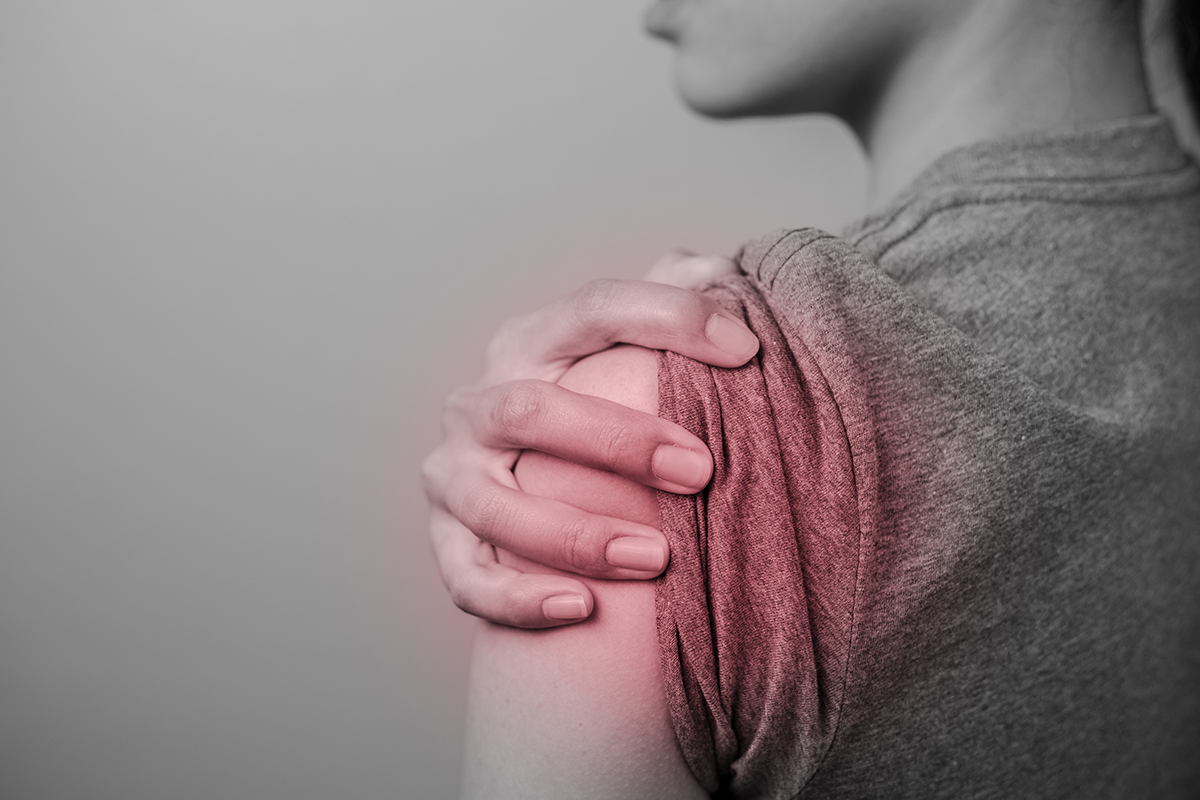Shoulder pain occurs more frequently than you would expect. According to one study, the annual incidence of shoulder discomfort in primary care is 14.7 per 1000 patients per year. Shoulder pain can be caused by several conditions, including injury, muscular strain, arthritis, or bursitis, all of which we will examine in length in this post, along with tried and tested shoulder pain alleviation strategies.
What is Shoulder Pain?
Shoulder pain is a frequent complaint that can be caused by a variety of factors. It can be caused by an injury, joint wear and tear, bursitis, or tendinitis, for example. It could also be the result of bad posture or an injury from previous surgery. According to research, the recurrence incidence of shoulder discomfort is as high as 25%, and up to 50% of patients report permanent pain.
The length of pain is short if the shoulder ache is confined. However, if the discomfort spreads or radiates beyond a single spot, it can cause chronic and persistent pain as well as restricted movement. Consult with a skilled pain specialist if you are suffering from shoulder pain and want to learn more about what is causing it and have the best shoulder pain treatment NYC.
Why is the Shoulder Susceptible to Injury?
The ball and socket joint that joins the arm to the body is made up of three bones: the collarbone (clavicle), shoulder blade (scapula), and upper arm bone (humerus). This joint is very flexible, with a large range of motion in all directions. The rotator cuff is a set of four muscles and tendons that provide the shoulder with its range of motion. These two characteristics render it prone to injury since it must be safeguarded from rapid movements or misuse.
What Are the Symptoms of Shoulder Pain?
Numbness and tingling in the arm, difficulty turning the arm outward (lateral rotation), difficulty reaching above (behind you), and pain while lifting your arm away from your body are all symptoms of chronic shoulder pain. Certain motions, such as throwing a ball or carrying something heavy, may also cause pain.
8 Causes of Shoulder Pain
A variety of factors can cause shoulder pain, and it is critical to identify the source of the pain to find a remedy. Chronic shoulder discomfort is not always caused by problems with the shoulder or its accompanying structures.
Here are eight common causes of shoulder pain:
- Rotator cuff tendinitis or bursitis. Repetitive movements frequently cause inflammation of the bursa, a tiny fluid-filled sac that facilitates mobility by minimizing friction between bones and surrounding structures.
- Arthritis in the shoulder joint. This refers to cartilage wear and tear, which is the soft and flexible tissue that covers the ends of your bones and aids in movement.
- Spurs of bone in the shoulder. As we age, bone spurs in the shoulder area become more common. Bony outgrowths that occur around the edges of bones are known as osteophytes. They can pinch or crush nerves or other structures in some circumstances.
- Shoulder fracture. A common injury is a broken shoulder bone. A fall, direct hit, or other force strong enough to break the bone causes it. A fracture of the upper arm bone (humerus) is the most common type of broken shoulder.
- A shoulder dislocation. When the ball component of the joint slips out of its socket, the shoulder becomes dislocated. It can be excruciatingly painful and may necessitate surgery to repair.
- Shoulder separation. A shoulder separation is a rather common injury, especially among sportsmen. When the clavicle, or collarbone, separates from the acromion, the bone that forms the apex of the shoulder, it causes this condition.
- Frozen shoulder. This is caused by shoulder capsule inflammation. You can’t raise your arm above your head. It is frequently linked to diabetes.
- Tears of rotator cuff tendon. Rotator cuff tendon tears are prevalent in athletes, especially those participating in overhead sports. They are the result of a mix of repeated microtrauma and acute trauma. Shoulder pain is the most prevalent sign of a rotator cuff injury, and it often worsens with activity.
